29 May In the Moment: Michael Shamata on Storytelling, Subtext, and the Beauty of Boldness
We had the pleasure of speaking with Michael Shamata, this year’s festival adjudicator. With decades of experience as a director, writer, and artistic leader, Michael brings a wealth of knowledge to Between Words. In our interview, he shared his thoughts on what makes a one-act play effective, how he approaches feedback, and why he values bold choices—even the ones that don’t quite land.
“Between Words” implies a focus on what’s communicated beyond dialogue itself. From your perspective as a seasoned theatre professional, how can a one-act play effectively utilize silence, subtext, and visual storytelling to deepen its impact?
The use of these tools in a one-act play is no different from their use in a full-length play. Silence can create tension and/or suspense, it can draw the audience in, and it can serve to underline what has been said prior to the silence—and after.
Subtext is essential. Everything we say and do in real life is an expression of—or a means of disguising—what we want at any given moment. Sensing subtext keeps the audience engaged. What the various characters want is what drives a play. Without that subtext, there is no forward movement.
What qualities do you look for in a compelling one-act play?
In many ways, one-act plays are more challenging than full-length plays. The playwright has less time to accomplish everything necessary for a successful play: establishing the time and place, the characters and their relationships, the situation, and the stakes, engaging the audience, and bringing the play to a satisfying conclusion.
So to answer the question—I will be looking to see how well the playwrights manage to accomplish the above, while telling a story that engages us.
You’ve directed a wide range of productions, from award-winning musicals to Shakespeare. When you’re watching a one-act play, what elements of direction, such as staging, pacing, or actor performance, do you find yourself particularly attuned to, and why are they crucial in this concise format?
Again—the use of these elements is no different in a one-act than in a full-length production. The role of the director is to be the audience during rehearsals. When I am directing, I often ask myself, “if I couldn’t hear the dialogue, would I understand what’s happening onstage?” The director is the test audience. “Will that move confuse them?” “Will that actor’s choice suggest that they know something that they shouldn’t?” “Is it clear what time of day it is?”
Most importantly, the director’s job is to put onstage what the playwright wrote—! They should never impose something on top of the play; or try to outshine the play, and draw attention to themselves.
My overarching goal is to make the audience fall in love with the play for the same reasons I fell in love with it. And that goal is the same whether directing a musical, a Shakespeare, or a one-act play.
As an adjudicator, how do you balance encouraging growth while still offering honest critique? What’s your approach to giving feedback?
In the public adjudication:
First, offer praise—! Putting any production together is an accomplishment. Then, focus on the positive aspects of the production. Then, point out one or two instances where a different choice—by either the playwright or the director—might have positively impacted the overall production.
In the private adjudication:
I ask questions: why this choice—? what was your reasoning behind this moment—? etc. and offer my feedback—as I am presumably asking because something confused me, or took me “out” of the play.
In your career, you’ve worked extensively with both professional and early-career artists. What advice do you most often give to young theatre makers presenting new work?
We want to hear your voice—have you share your view of the world with us. Don’t try to copy someone else; don’t try to be something you’re not. Surprise us. You are unique—and the world is waiting for your uniqueness.
Finally, what excites you most about being part of Between Words, and what do you hope the participants take away from this experience?
I’m most excited by all of these artists sharing their ideas and their artistry. And the community aspect of that. I look forward to being surprised and delighted as I enter these new worlds. I look forward to some happily successful pieces. I look forward to seeing some promising work. And I hope there are some glorious failures—because dreaming big and not quite getting there can make for incredibly exciting theatre—! And it’s the best way to learn—!
